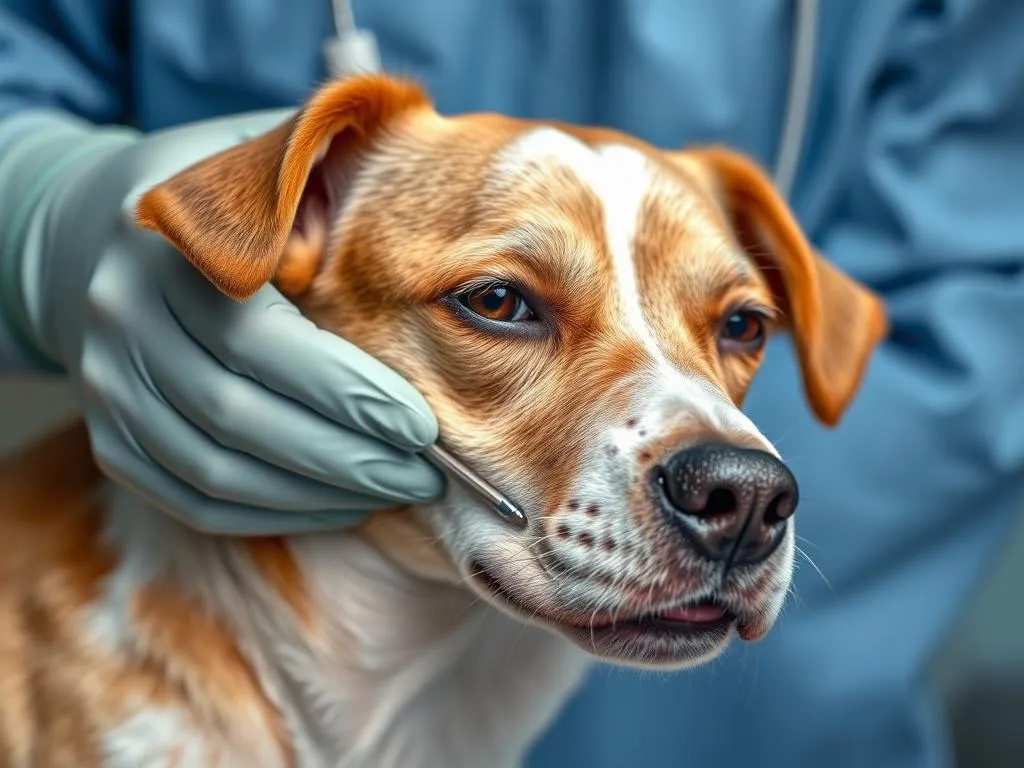
Introduction
After your pet undergoes surgery, the road to recovery involves careful monitoring and care, especially regarding their stitches. Pet stitches are essential for ensuring that surgical sites heal properly, and understanding how to care for them can prevent complications that may arise post-surgery. This article will provide you with a comprehensive guide on how to check care for pet stitches after surgery, covering everything from the types of stitches to recognizing complications and ensuring a smooth recovery.
Understanding Pet Stitches
What Are Pet Stitches?
Pet stitches, also known as sutures, are used to close wounds or surgical incisions on your pet’s body. They can be made from various materials and are classified into two main types:
-
Absorbable Stitches: These are designed to dissolve over time and do not require removal. They are often used in internal surgeries or in areas where it may be difficult to remove stitches later.
-
Non-absorbable Stitches: These stitches remain in place until they are manually removed. They are typically used on the skin’s surface and need to be monitored closely.
Common Reasons for Stitches
Stitches are commonly required in several scenarios, including:
- Spaying/Neutering: This routine procedure involves removing reproductive organs, necessitating stitches to close the incision.
- Injury Repair: Lacerations from accidents or bites often require stitches to ensure proper healing.
- Tumor Removal: Surgical excision of tumors typically requires stitches to close the incision.
Understanding why pet stitches are necessary is crucial for monitoring your pet’s recovery effectively.
Initial Post-Surgery Instructions
Immediate Care After Surgery
When you bring your pet home after surgery, there are a few things to expect:
- Grogginess: Your pet may be drowsy as the anesthesia wears off.
- Discomfort: Mild discomfort is common, but you should monitor for excessive pain or distress.
- Activity Limitation: Your vet will likely recommend limiting your pet’s activity to prevent strain on the stitches.
Watch for signs of discomfort, such as whining, excessive licking at the surgical site, or reluctance to move.
Vet’s Instructions
Your veterinarian will provide specific instructions tailored to your pet’s needs. It’s essential to follow these guidelines strictly to ensure a smooth recovery. Common post-operative instructions often include:
- Administering prescribed pain medication.
- Keeping the surgical area clean and dry.
- Monitoring for signs of infection.
Following these instructions meticulously can significantly impact your pet’s recovery.
Checking and Caring for Pet Stitches
How to Check Stitches
Inspecting your pet’s stitches is a vital part of post-operative care. Here’s a step-by-step guide:
-
Visual Inspection: Check the area around the stitches for any signs of redness, swelling, or discharge. The incision should be clean, and the stitches should appear intact.
-
Tactile Examination: Gently touch the area around the stitches. It should feel firm but not overly swollen or warm to the touch.
What to Look For During Inspections
- Signs of Infection: Redness, swelling, or discharge (especially if it’s yellow or has a foul smell) may indicate an infection.
- Proper Alignment and Healing: The stitches should remain in place without any gaps or openings in the incision.
Cleaning the Stitches
Keeping the stitches clean is crucial for preventing infections. Here’s how to clean them safely:
-
Recommended Cleaning Techniques: Use a clean, damp cloth or a non-alcoholic wipe to gently clean the area around the stitches. Avoid getting the stitches wet if they are non-absorbable.
-
Cleaning Supplies Needed:
- Sterile saline solution
- Soft cloth or cotton balls
-
Gauze pads (if needed)
-
Frequency of Cleaning: It’s generally advisable to clean the stitches once a day or as directed by your veterinarian.
Preventing Your Pet from Licking Stitches
Preventing your pet from licking or biting at the stitches is crucial for healing. Consider the following options:
-
E-Collars: Traditional Elizabethan collars can prevent pets from reaching their stitches. Ensure it fits well and is comfortable.
-
Alternative Collars: Some pets may tolerate softer, inflatable collars or neck cones that are less restrictive.
-
Behavioral Tips: Distract your pet with toys or engage them in light activities that do not involve their surgical area.
Recognizing Complications
Common Complications
Being aware of potential complications can help you act quickly if issues arise. Common complications include:
-
Infection: Signs include redness, swelling, warmth, and discharge. If you notice these symptoms, contact your vet immediately.
-
Stitch Irritation or Reaction: Some pets may have allergic reactions to the suture material, leading to redness or swelling.
-
Dehiscence: This occurs when the incision opens up unexpectedly, which requires immediate veterinary attention.
When to Contact the Vet
Knowing when to reach out to your veterinarian is essential. Symptoms that require immediate attention include:
- Excessive bleeding from the incision
- Signs of severe infection (persistent fever, lethargy)
- If your pet is excessively licking or biting at the stitches
Timely intervention can help prevent further complications and ensure your pet’s recovery.
Post-Operative Follow-Up Care
Importance of Follow-Up Visits
Follow-up visits are crucial for monitoring your pet’s recovery. Your veterinarian will typically schedule a check-up within a week or two after surgery. Here’s what to expect:
-
Stitch Inspection: The vet will check the stitches for proper healing and may remove non-absorbable stitches during this visit.
-
Assessment of Recovery: The vet will assess your pet’s overall health, ensuring there are no complications.
Long-Term Care Considerations
During the recovery period, certain precautions should be taken:
-
Activities to Avoid: Prevent vigorous activities such as jumping, running, or playing rough, as this can strain the stitches.
-
Dietary Changes or Restrictions: Depending on the surgery, your vet may recommend specific dietary changes or restrictions, especially if your pet had abdominal surgery.
FAQs About Pet Stitches
How Long Do Stitches Stay In?
The duration stitches remain in place can vary based on the type of surgery. Typically, non-absorbable stitches are removed after 10-14 days, while absorbable stitches may stay in for several weeks before dissolving completely. Factors that may affect this duration include your pet’s healing rate and the location of the stitches.
Can Stitches Be Removed at Home?
While it may be tempting, stitches should never be removed at home. This procedure should always be handled by a veterinarian to prevent complications like infection or improper healing. During a professional stitch removal, your vet will ensure the area is clean and that your pet experiences minimal discomfort.
What If My Pet Breaks a Stitch?
If you suspect that a stitch has broken, look for signs such as increased swelling or discharge from the incision site. Immediate steps to take include:
- Keep your pet calm and prevent them from licking the area.
- Contact your veterinarian for advice on the next steps.
Your vet may recommend a visit to assess the situation and provide necessary care.
Conclusion
Proper care for pet stitches post-surgery is crucial for ensuring a smooth recovery for your furry friend. By understanding how to check care for pet stitches after surgery, you can help prevent complications and contribute to your pet’s healing process. Don’t hesitate to reach out to your veterinarian with any questions or concerns you may have. Remember, your pet’s health and comfort depend on your diligence and care during this healing period.









